1. Medications
1.1. Oral diabetes medication
1.1.1. Metformin
1.1.2. Sulfonylureas
1.1.3. Meglitinides
1.1.4. Thiazolidinediones
1.1.5. DPP-4 inhibitors
1.1.6. GLP- 1 receptor agonists
1.1.7. SGLT2 inhibitors
1.2. Insulin Thearpy
1.2.1. Short-acting (regular insulin)
1.2.1.1. Humulin R
1.2.1.2. Novolin R
1.2.2. Rapid-acting insulin
1.2.2.1. Glulosine (Apidra)
1.2.2.2. Lispro (Humalog)
1.2.2.3. Aspart (Novolog)
1.2.3. Intermediate-acting (NPH)
1.2.3.1. Novolin N
1.2.3.2. Humulin N
1.2.4. Long-acting
1.2.4.1. Lantus
1.2.4.2. Levemir
1.3. High blood pressure medications (to help keep kidneys healthy)
1.4. Aspirin (to protect heart)
1.5. Cholesterol-lowering drugs (to reduce risk of heart disease)
2. Diabetes
2.1. Type I
2.1.1. Pancreas produces little or no insulin
2.2. Type II
2.2.1. Resists the effects of insulin or doesn't produce enough insulin
2.3. Gestational
2.3.1. Placental hormones cause high blood sugar
3. Pathophysiological Processes
4. Pharmacological Interventions
5. Treatments
6. Longterm Prognostications
7. LEGEND
8. Pain Management
8.1. Heart & blood vessel disease
8.2. Nerve damage (neuropathy)
8.3. Eye damage
8.4. Foot damage
8.5. Hearing impairment
8.6. Skin & mouth conditions
8.7. Alzheimers disease
8.8. Pregnancy complications
8.9. Kidney damage (nephropathy)
9. Treatments
9.1. Monitor glucose monitoring
9.1.1. Daytime goal blood sugar level before meals between 80-130mg/dL
9.1.2. After meals blood sugar level no more than 180 mg/dL two hours after eating
9.2. Monitor Hbg. A1C
9.2.1. Target Glycated hemoglobin (A1C) less than 7%
9.3. Carbohydrate, fat & protein counting
9.4. Eating healthy foods
9.5. maintaining a healthy weight
9.5.1. exercise regularly
9.5.2. Bariatric surgery
